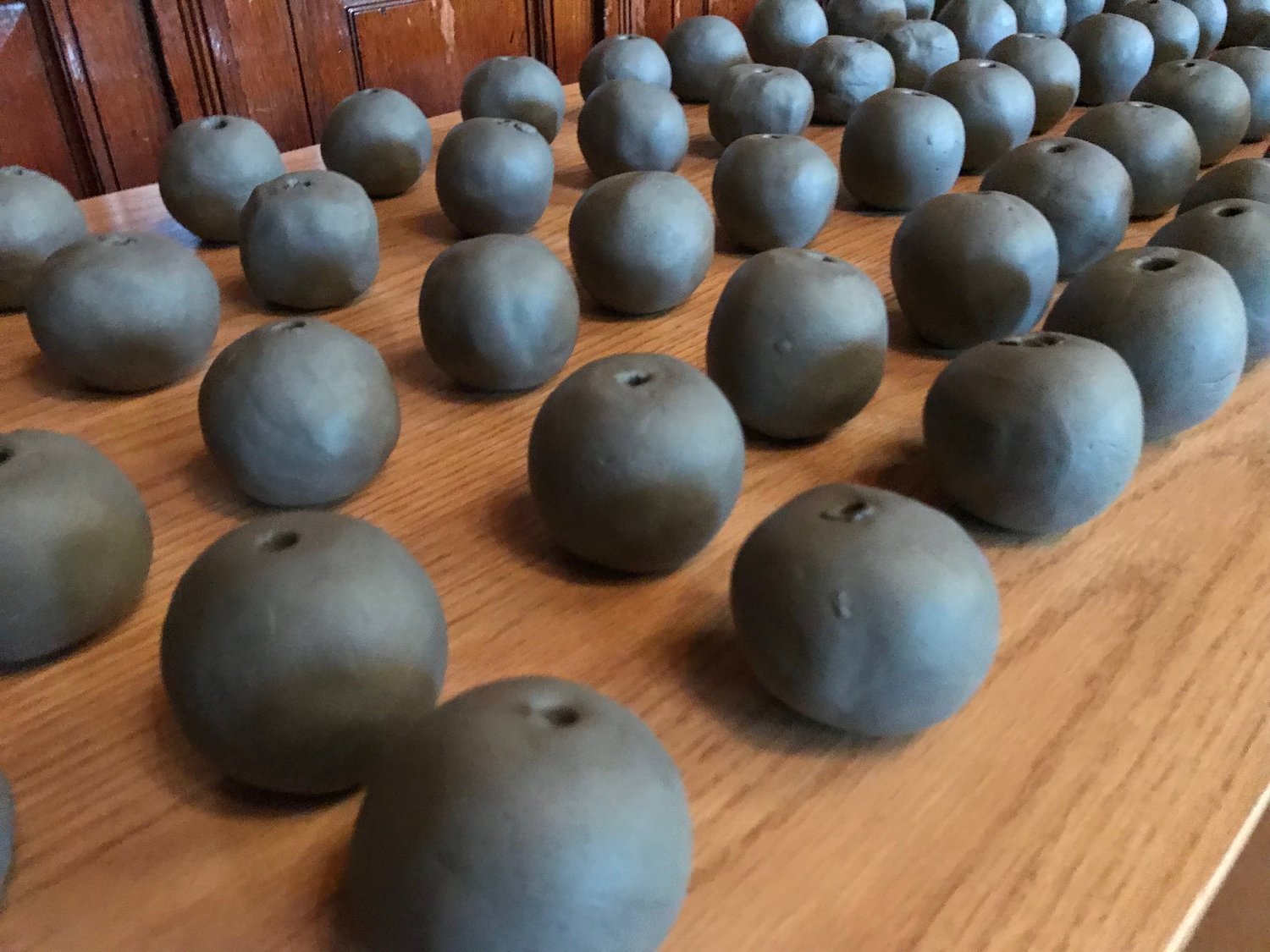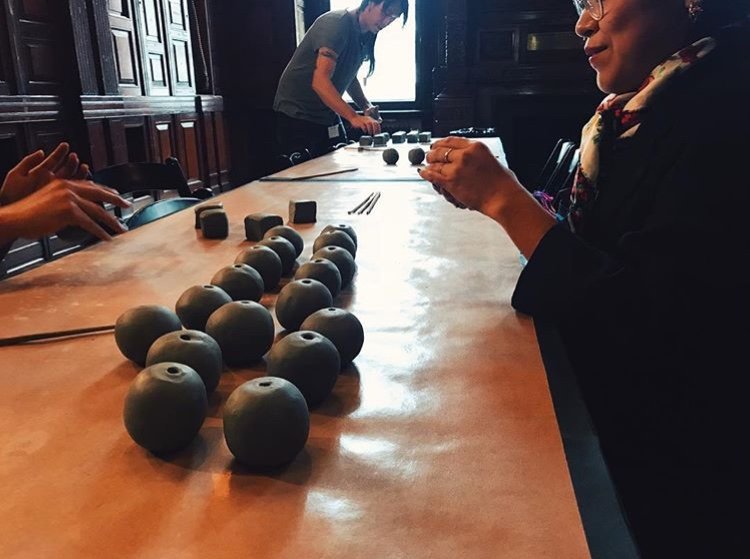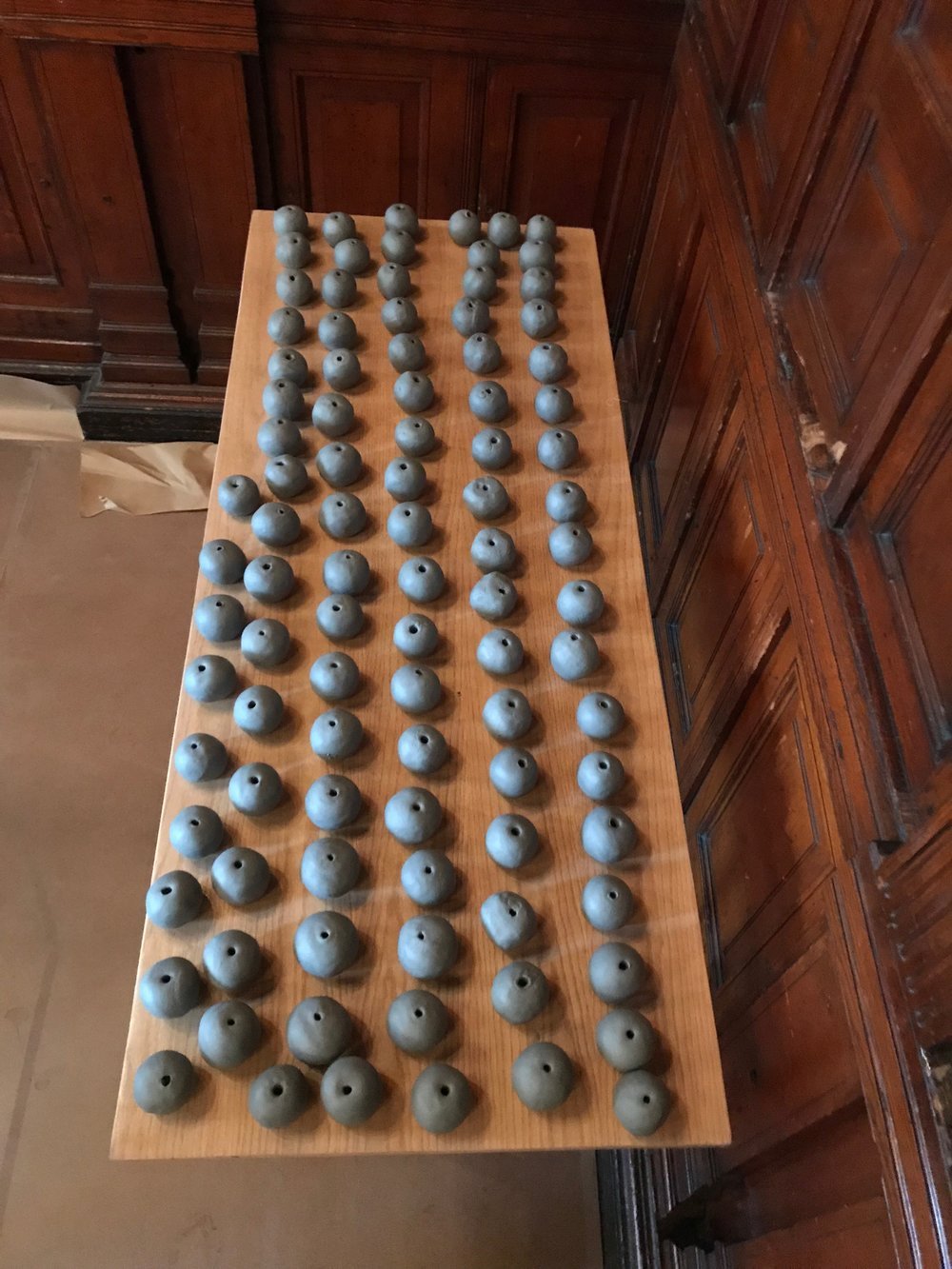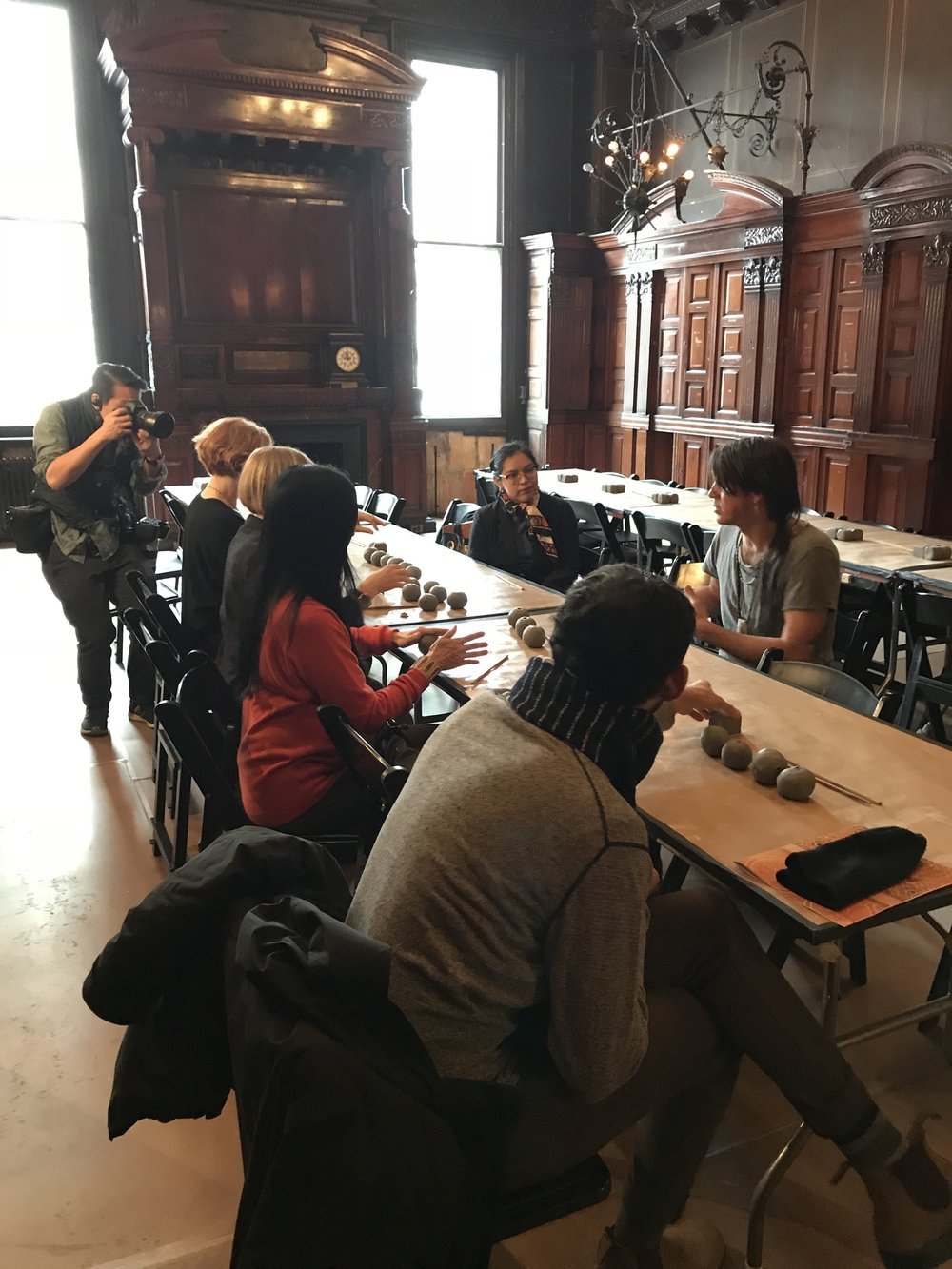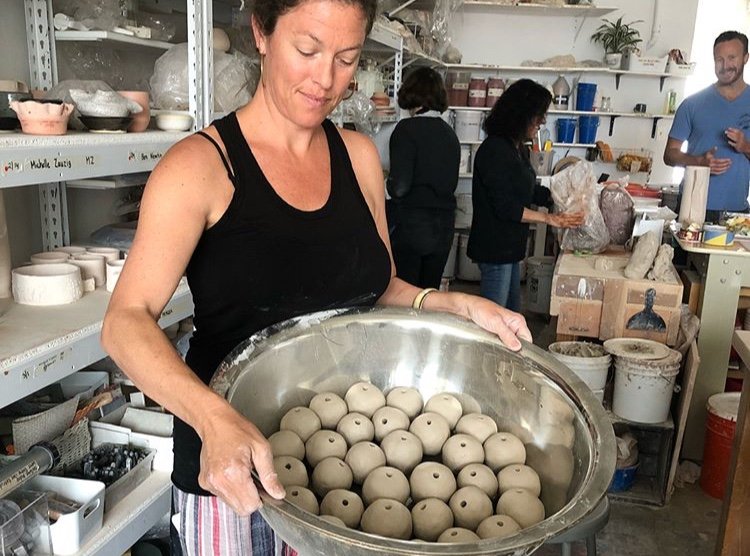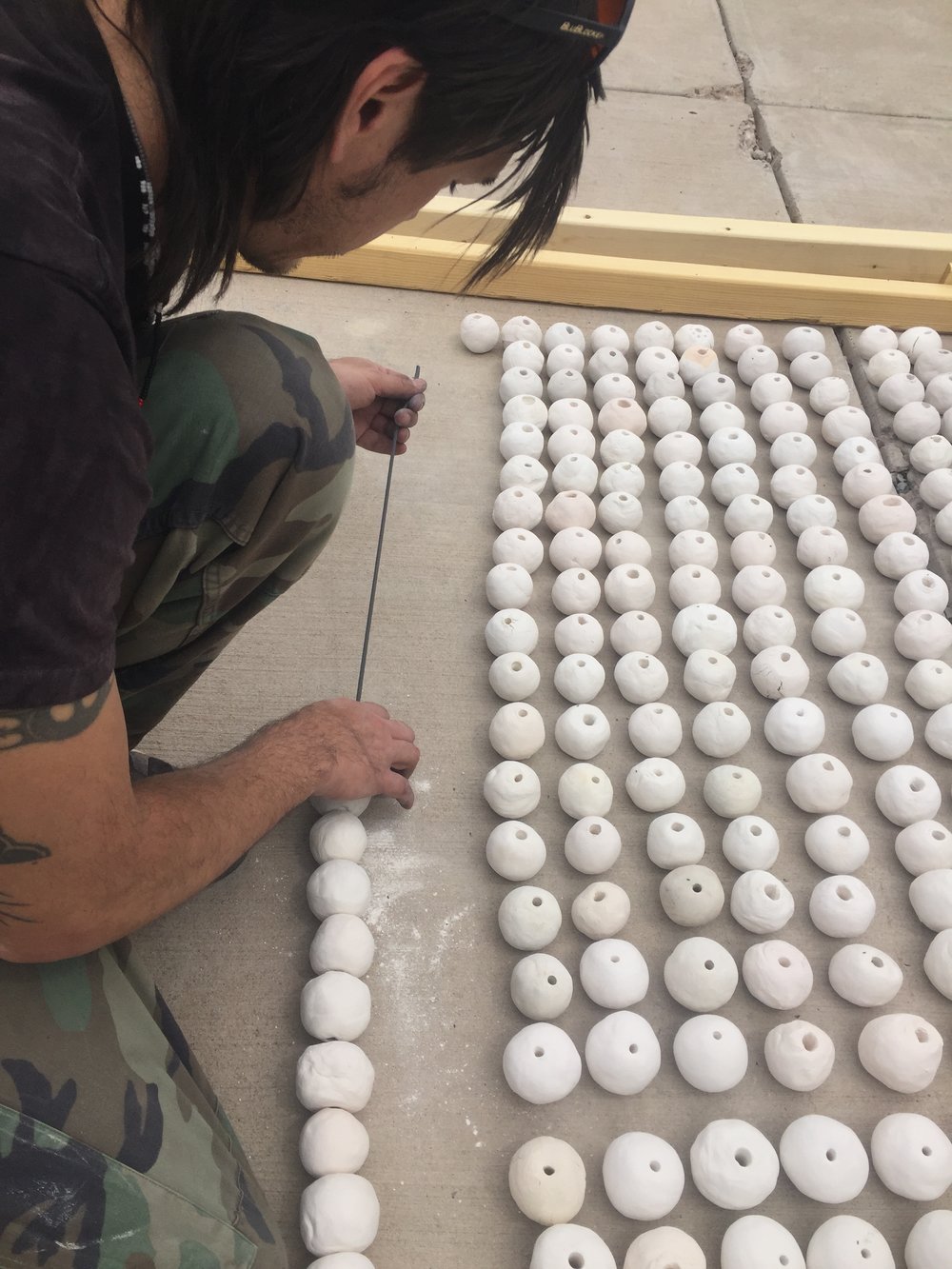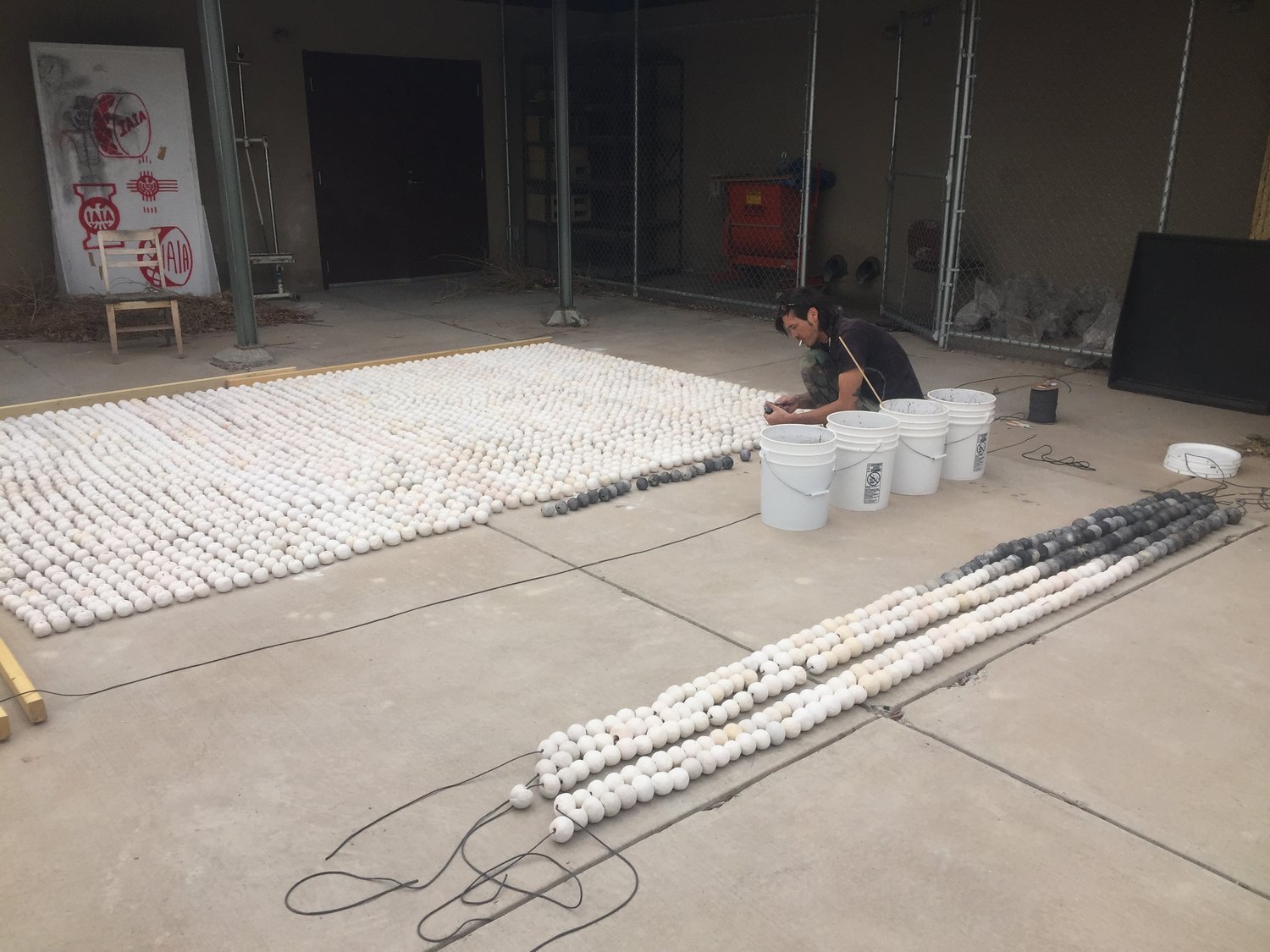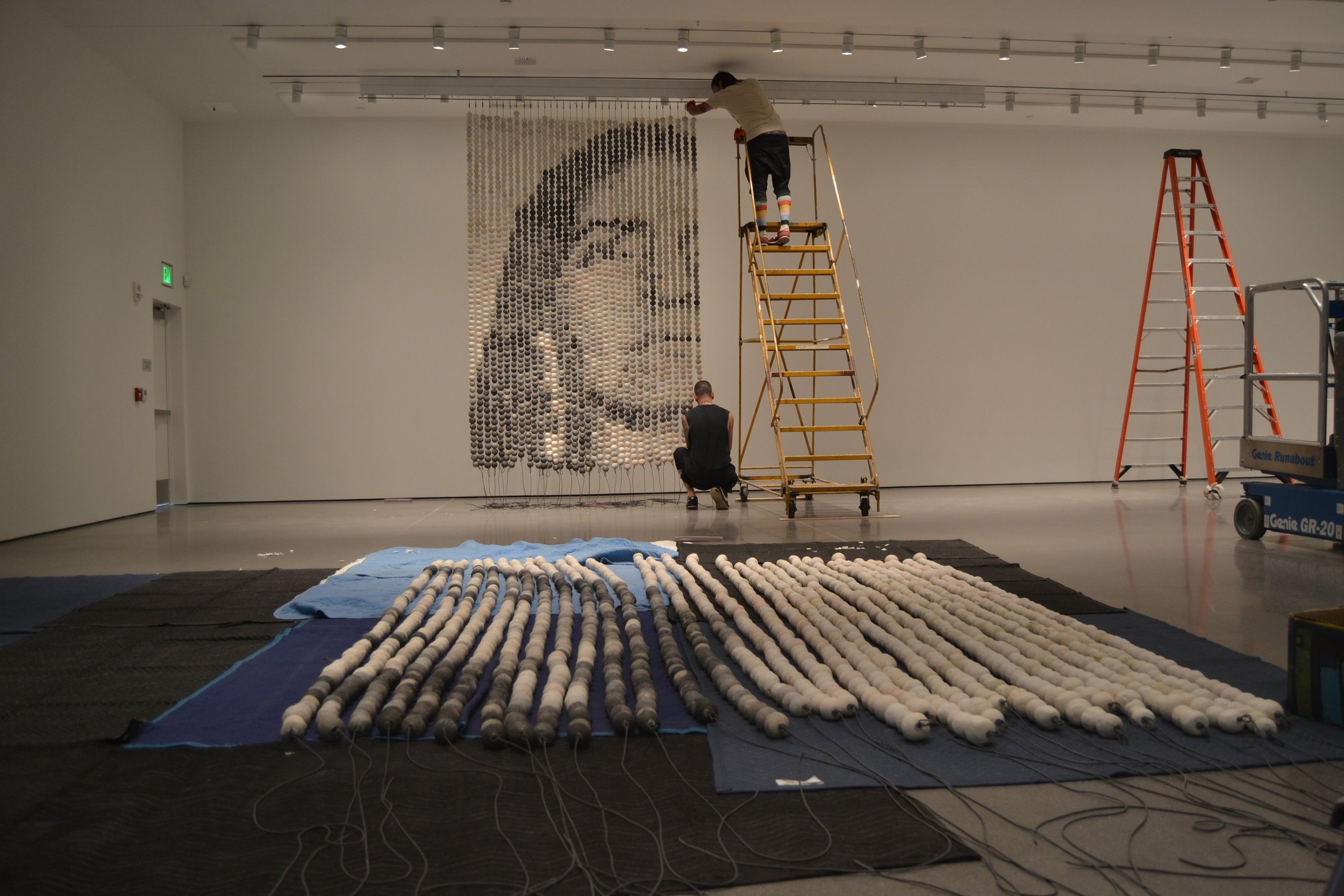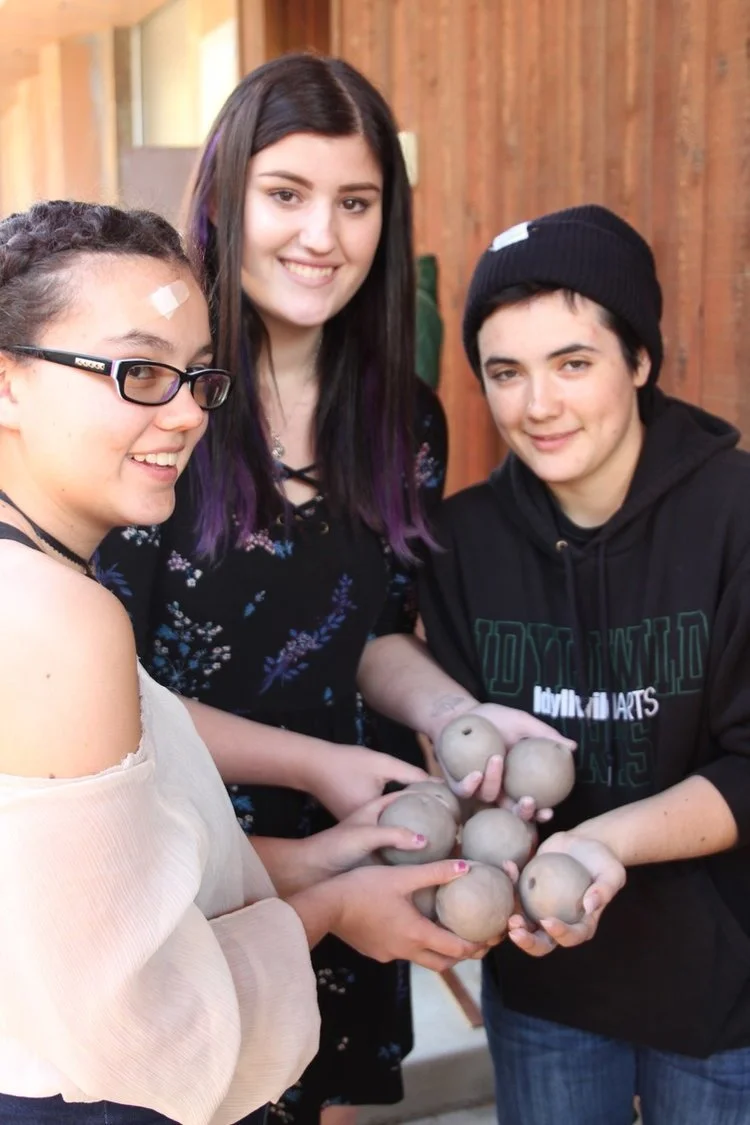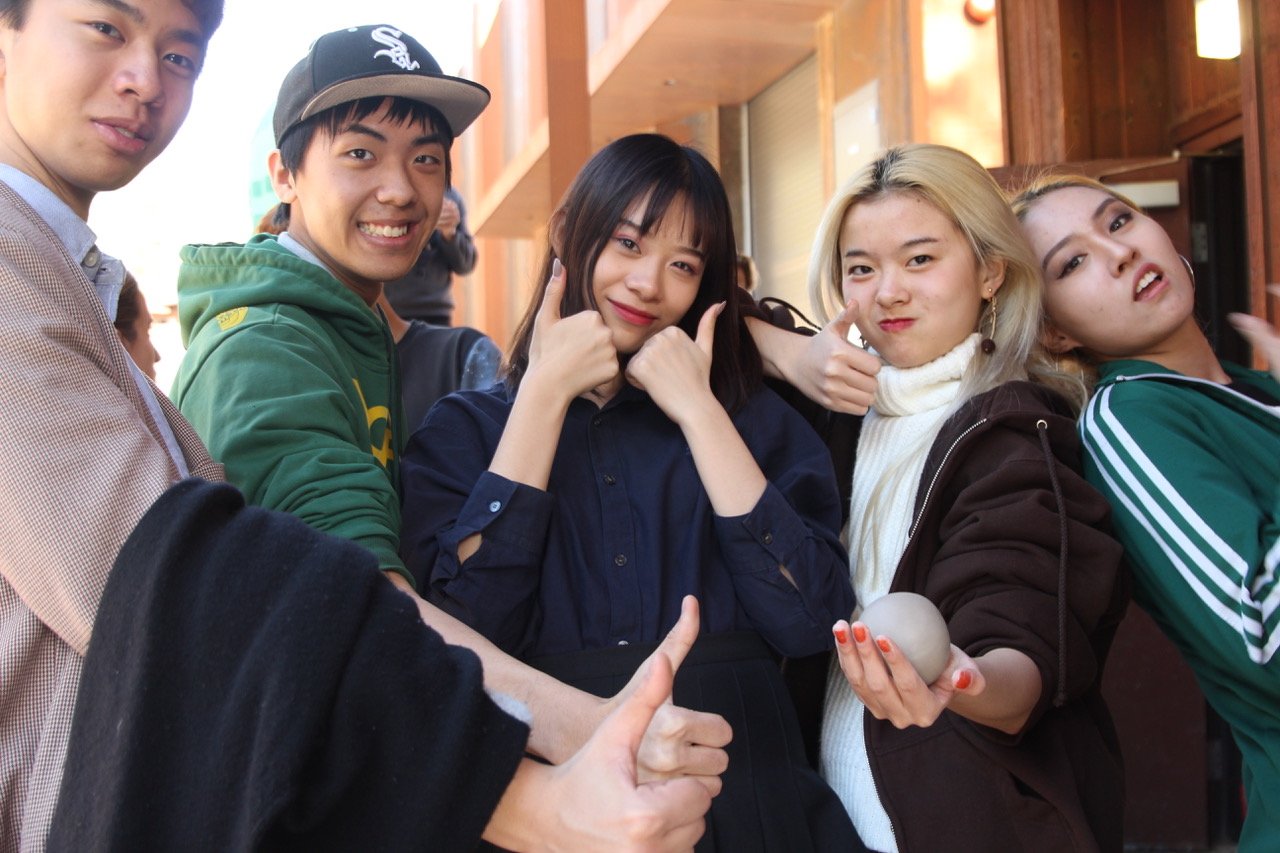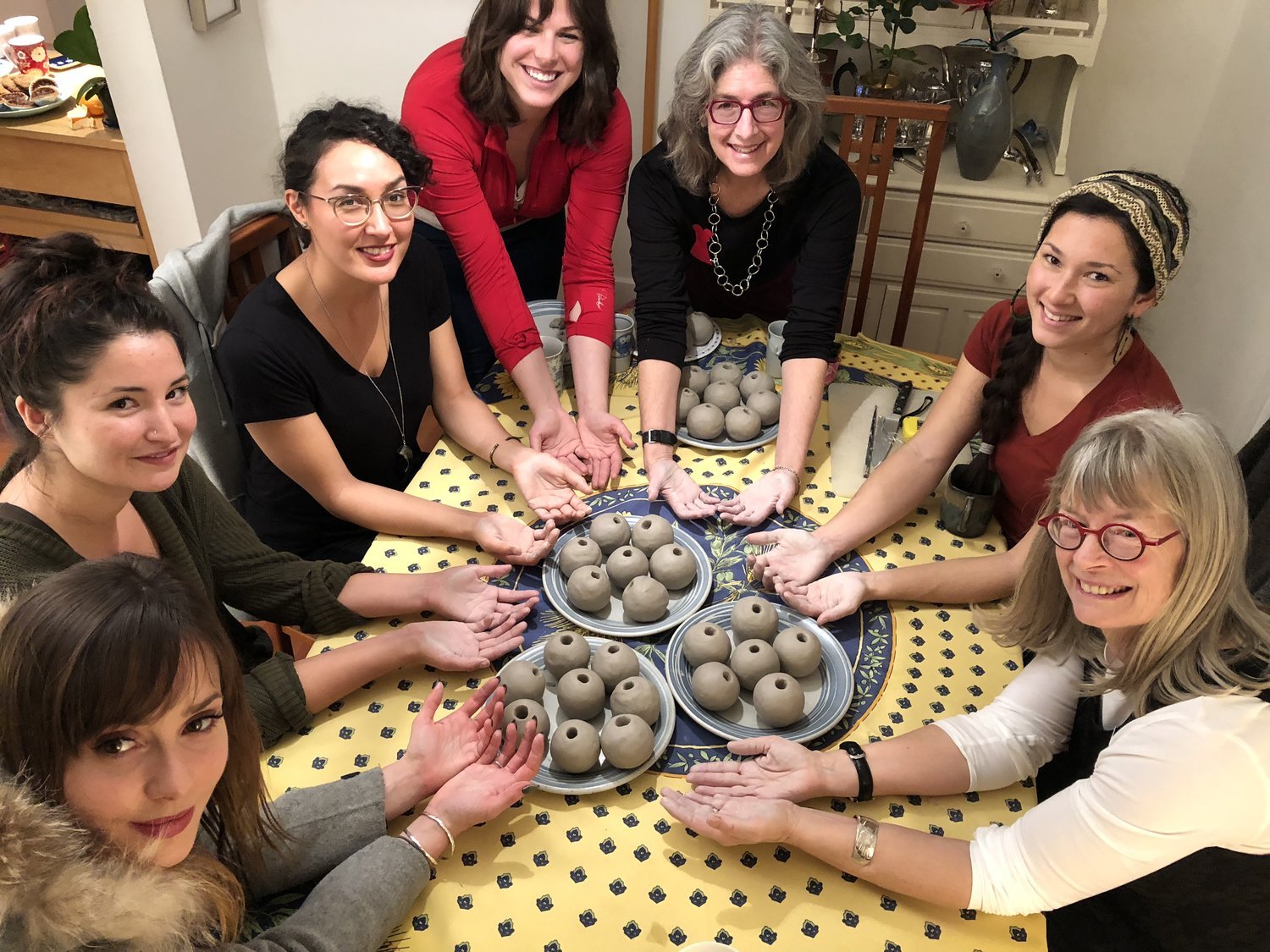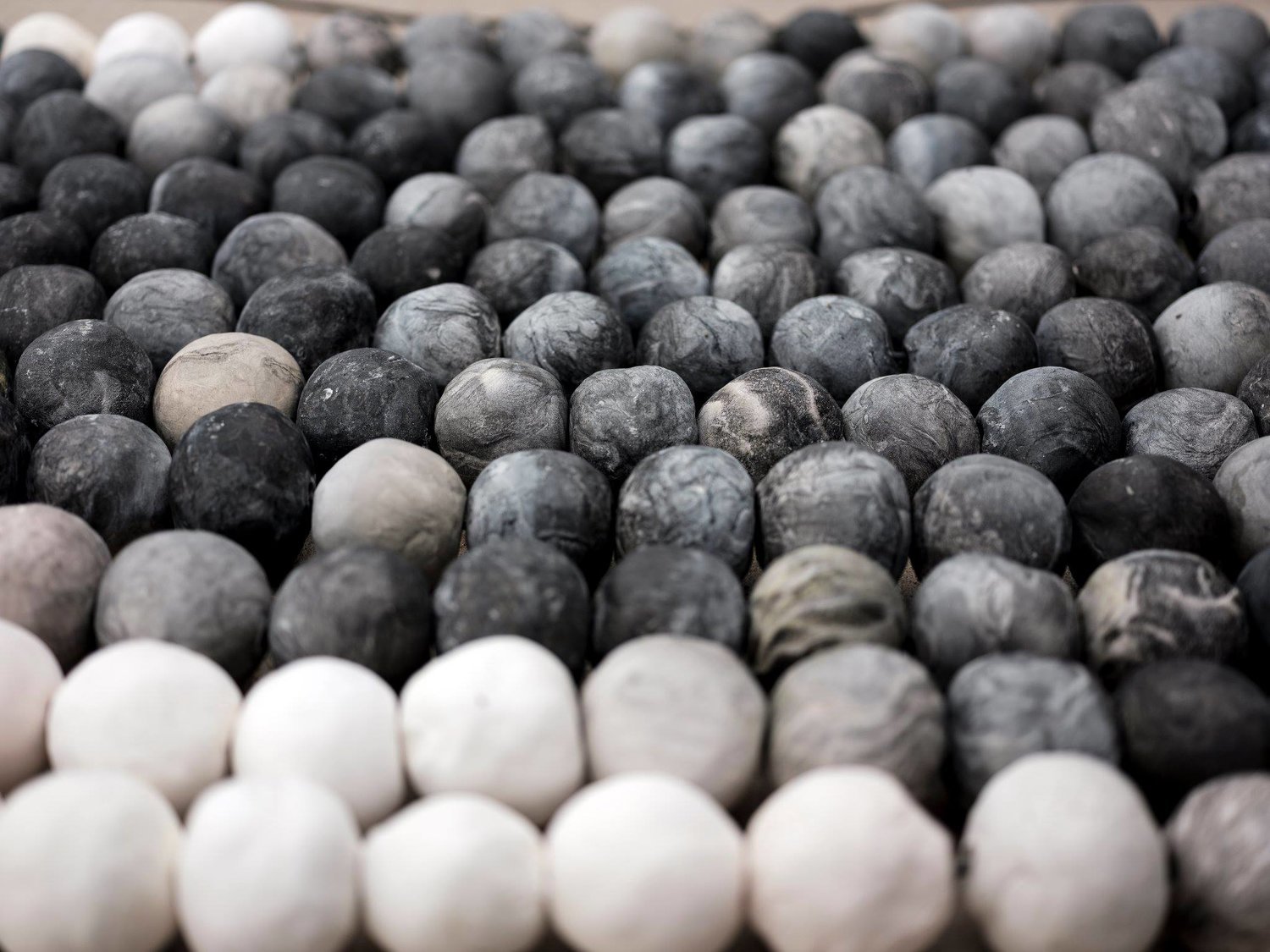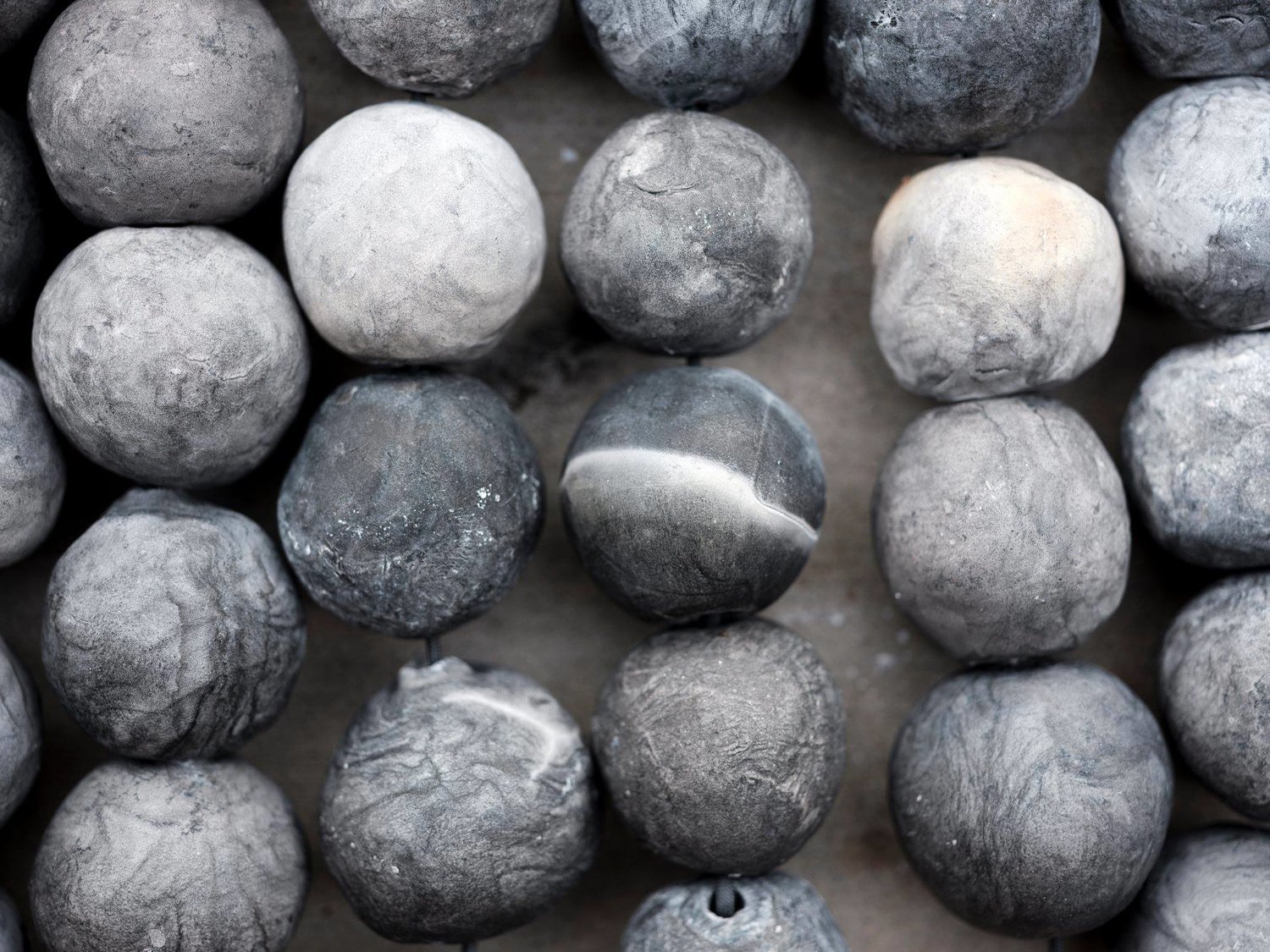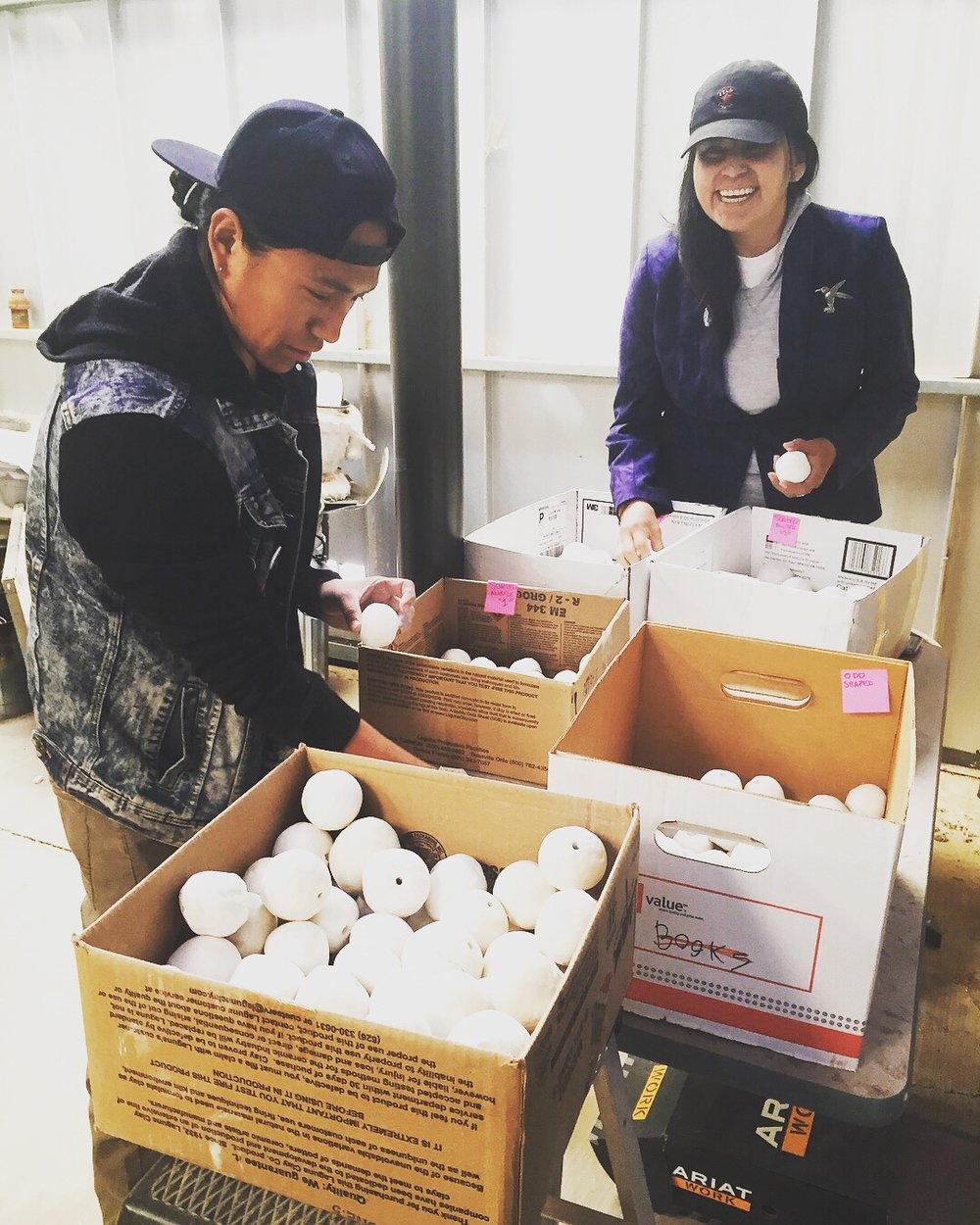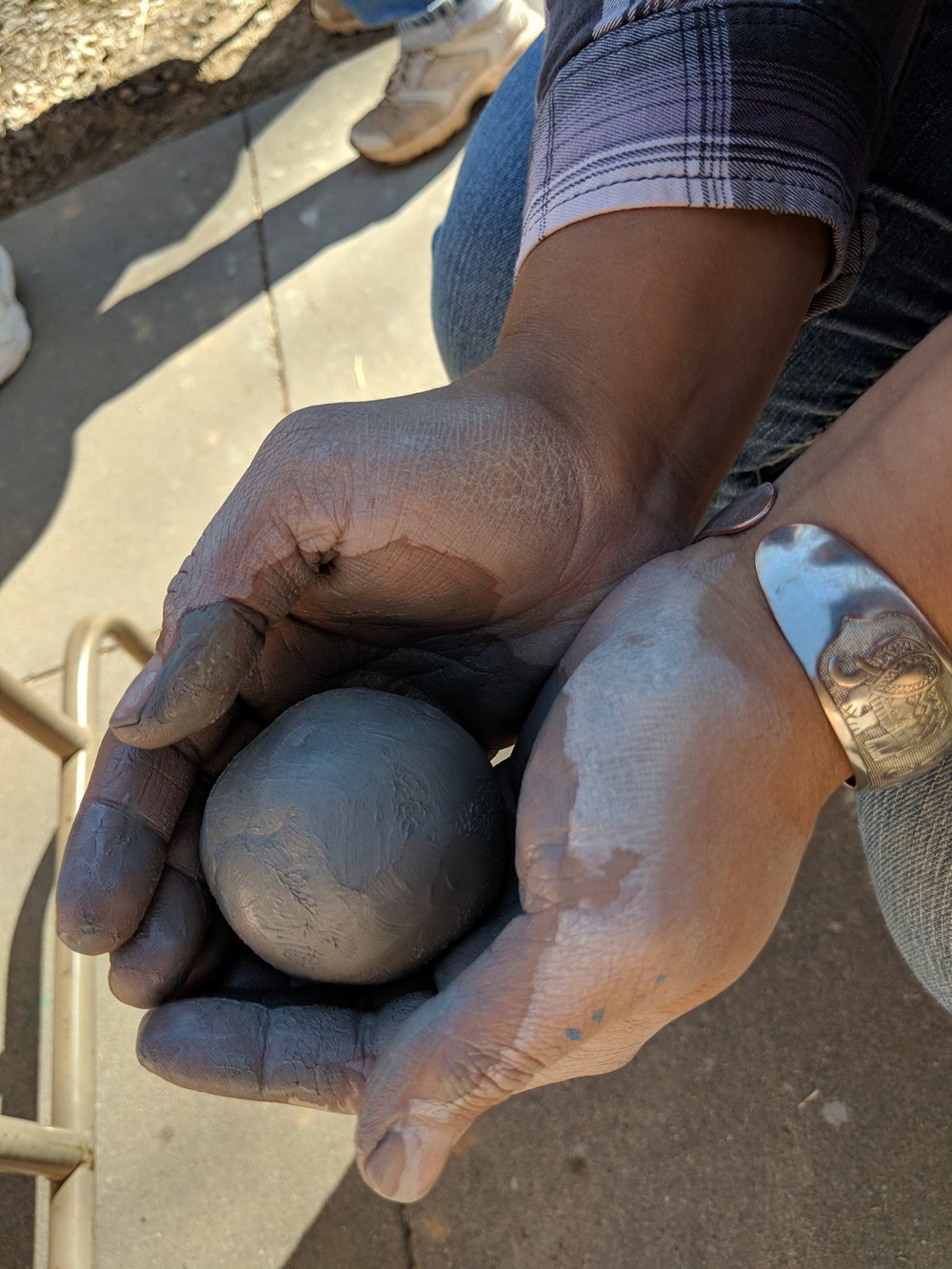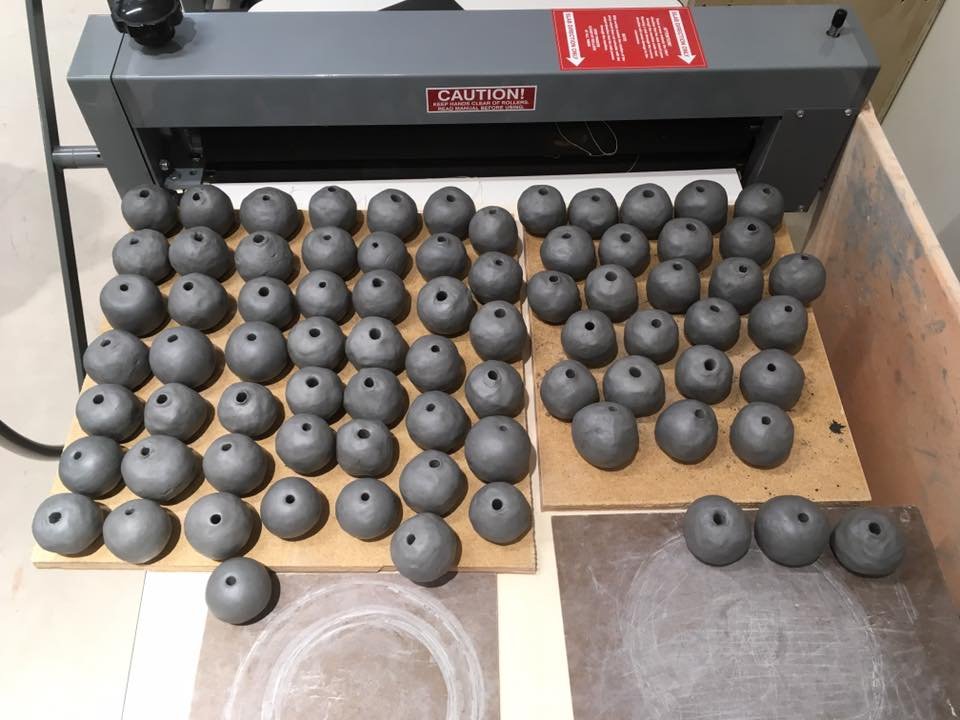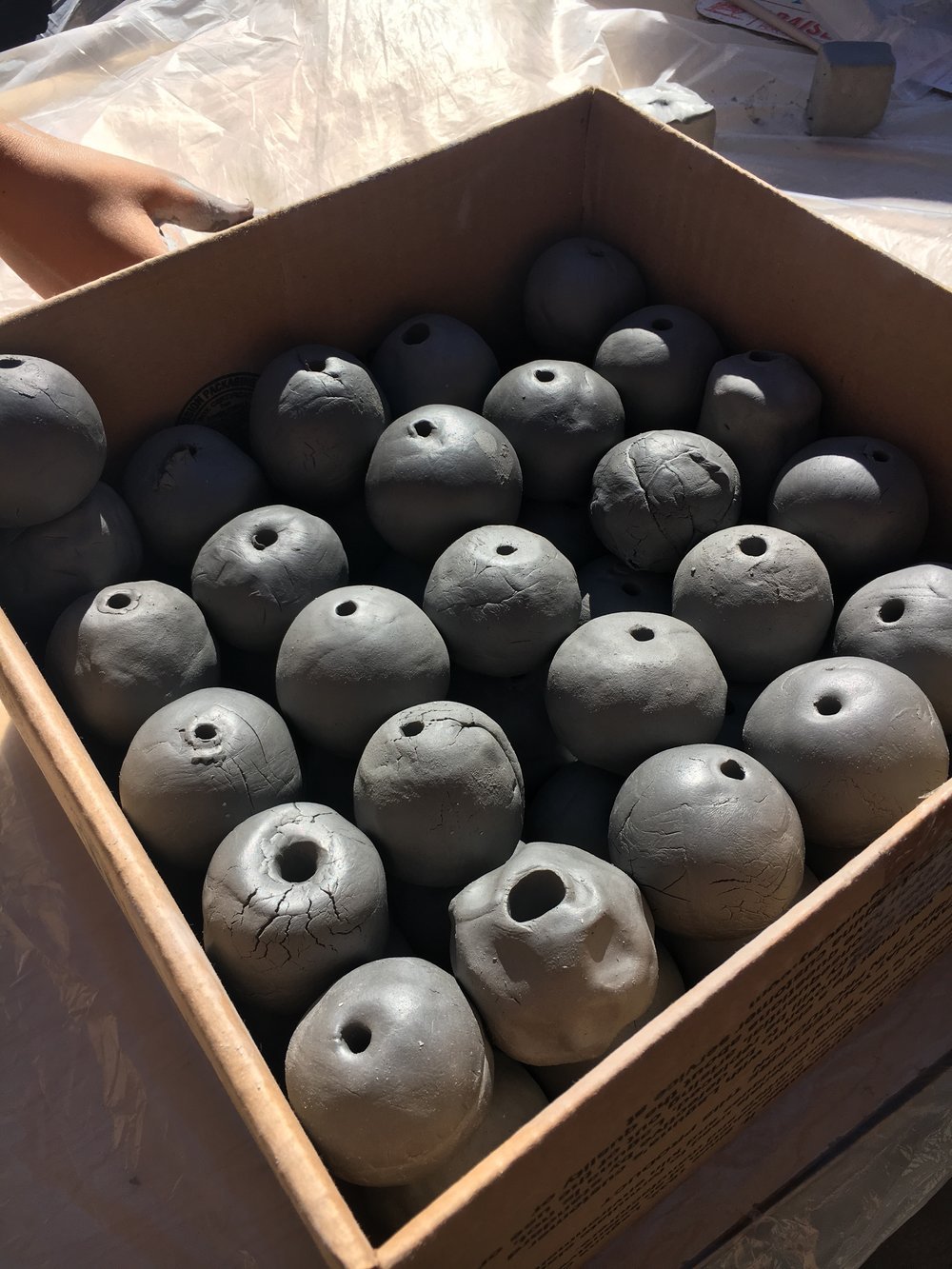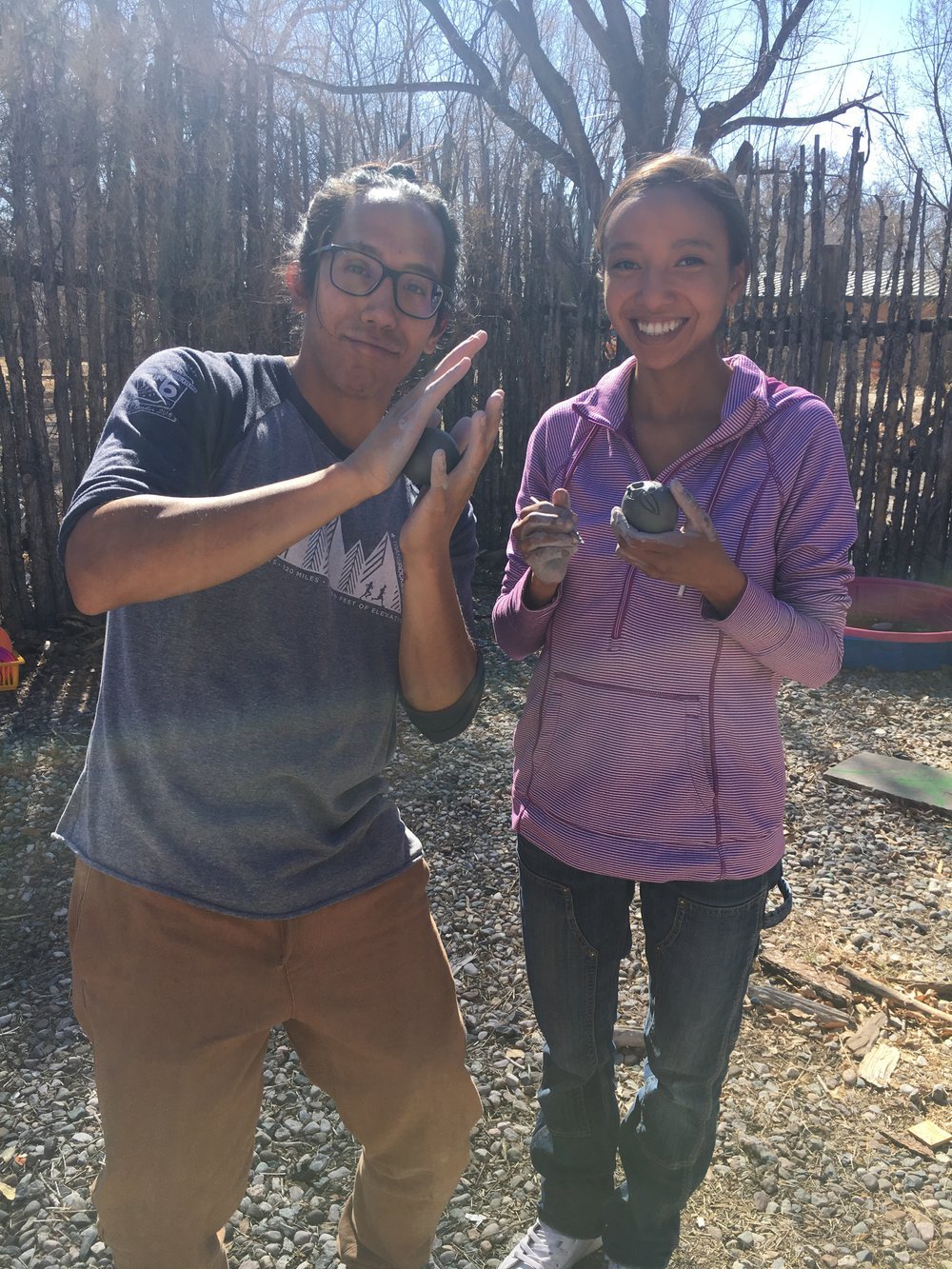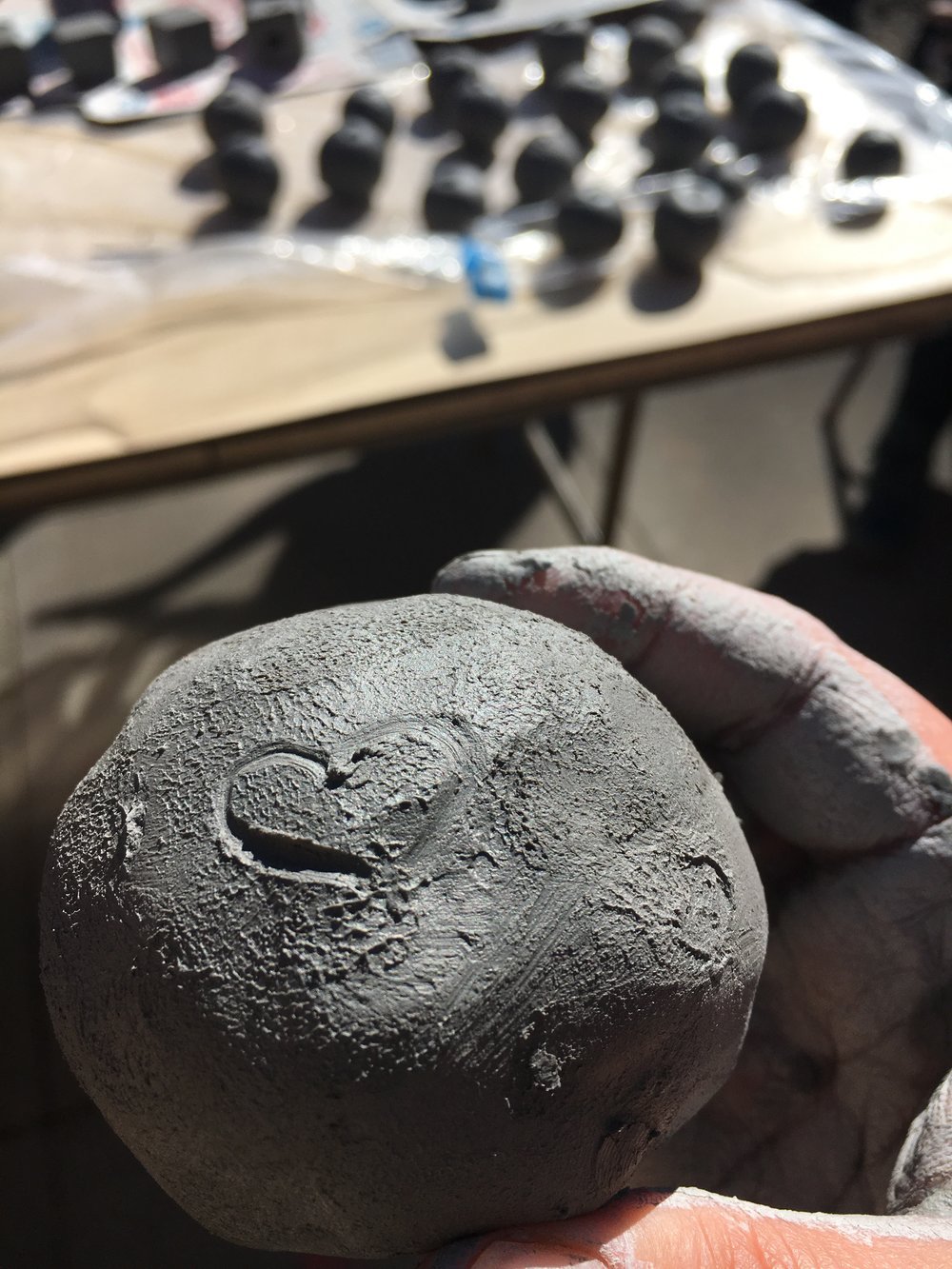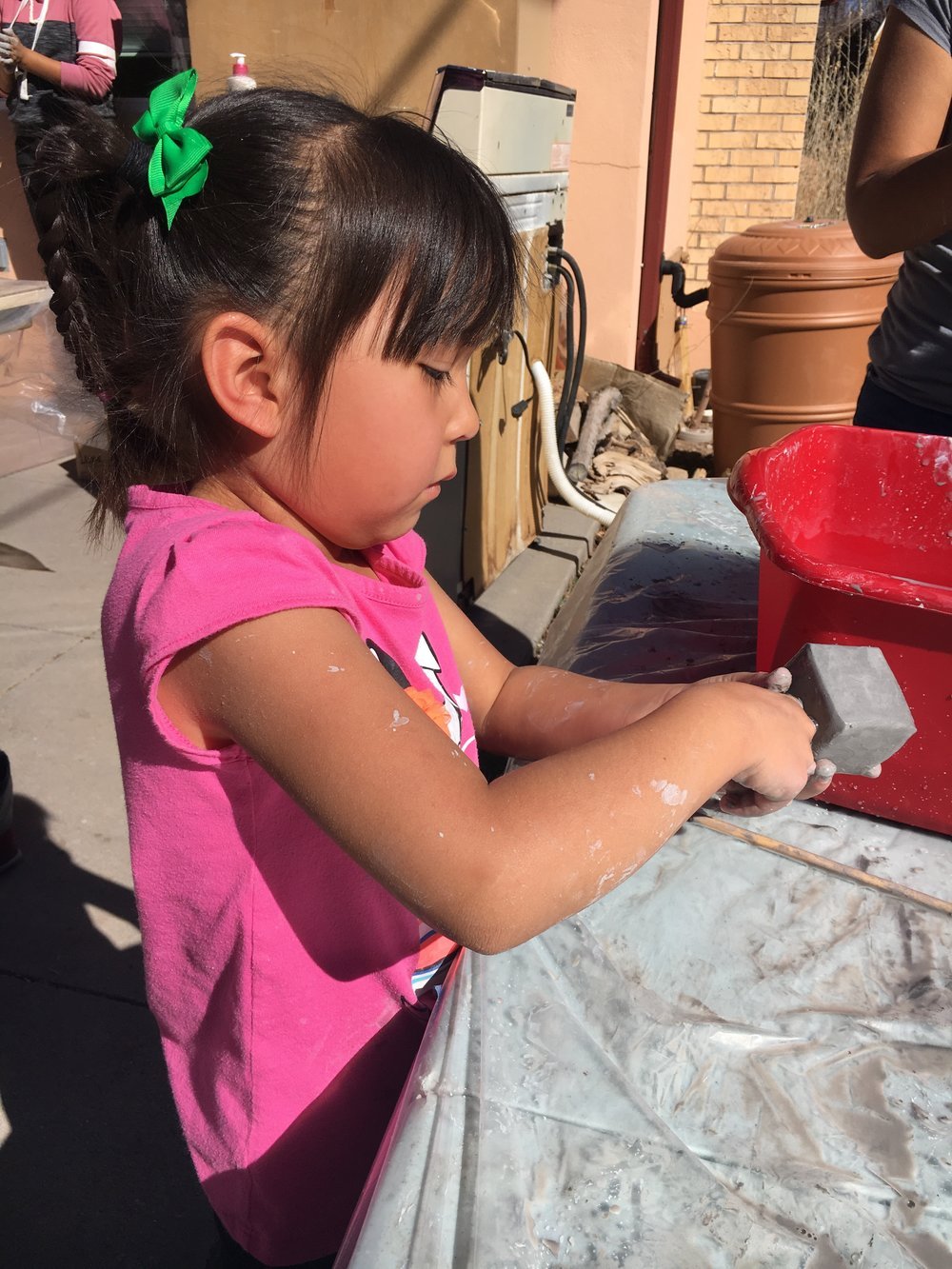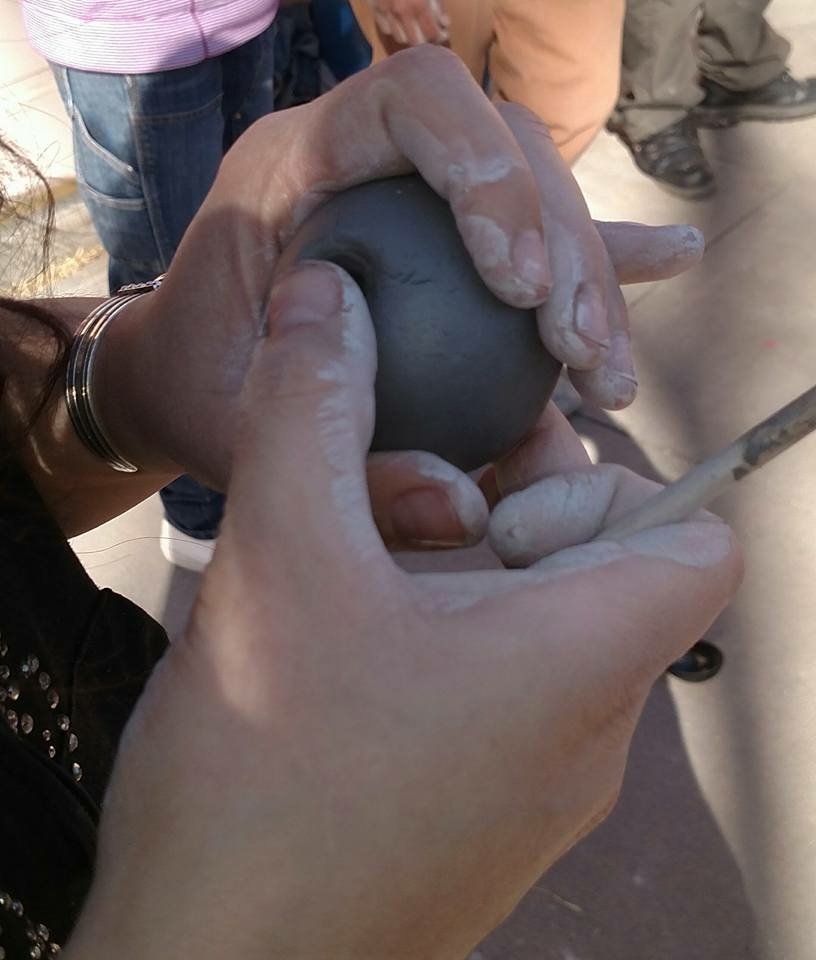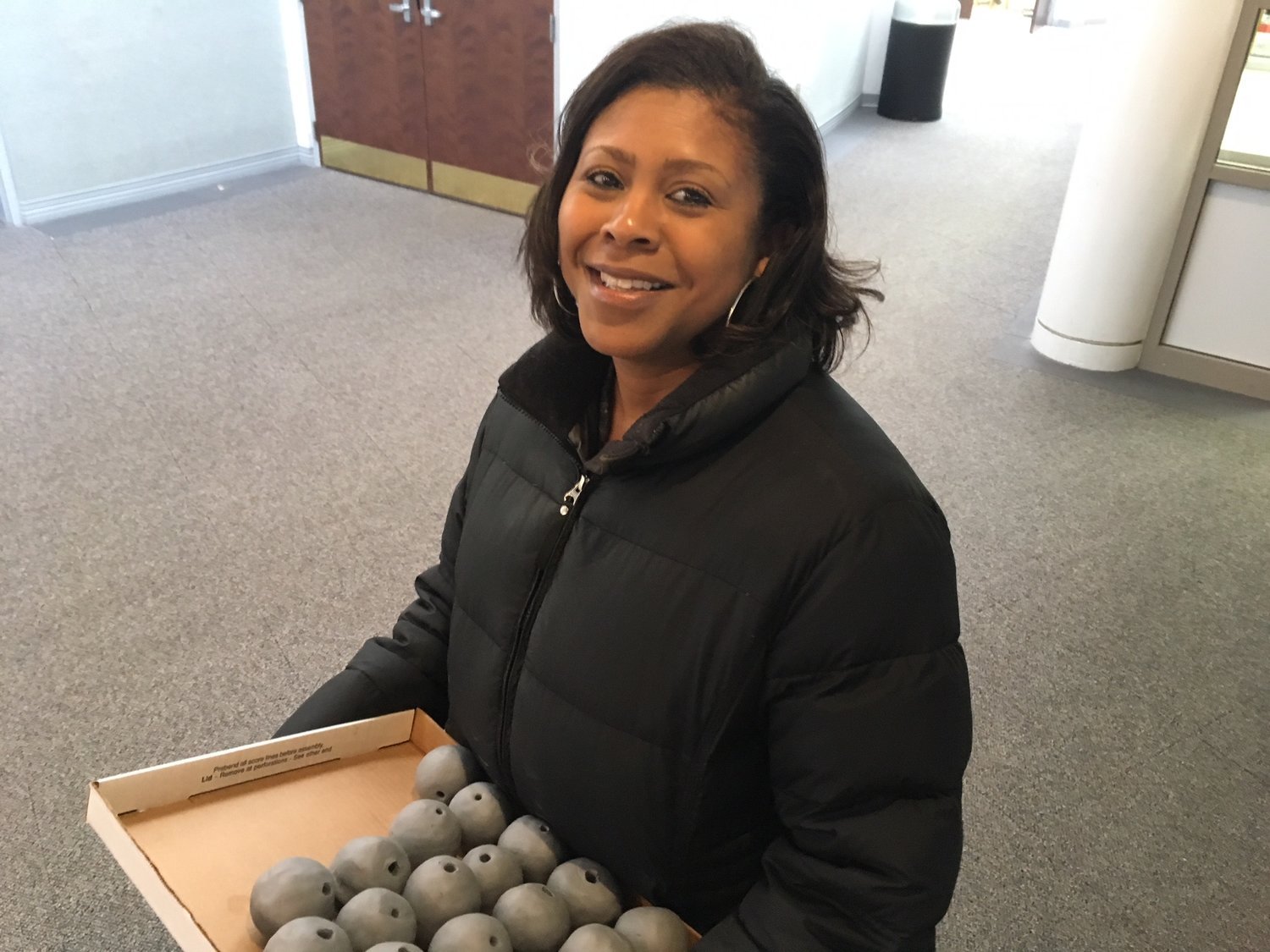EVERY ONE
Missing and Murdered Indigenous Women, Girls, Queer and Trans Relatives Bead Project
Composed of over 4000 individual handmade clay beads created by hundreds of communities across the so called U.S. and Canada, Every One re-humanizes the data of missing and murdered Indigenous relatives.
+ Each bead represents an individual from our Indigenous communities we have lost +
Launched in January of 2018, the MMIWQT Bead Project was the first social engagement work in an ongoing series by artist Cannupa Hanska Luger titled Counting Coup. An instructional video was shared on social media by the artist as a call for collaboration with communities from across the U.S. and Canada to create and send 2” clay beads representing the lives of missing or murdered Indigenous community members. These clay objects were then fired, stained in ink and strung together by Luger to create the monumental ceramic sculptural installation Every One; the pixelated image references and stands in solidarity with the photograph Sister (2016) by Kaska Dena and Jewish photographer Kali Spitzer.
This social collaboration re-humanizes large and abstract data through the process of creating handmade objects representing each life in the over 4000 cases of missing and murdered Indigenous women and girls in Canada, as sourced from research by the Native Women's Association of Canada in 2016. This project also brings awareness to the fact that Indigenous LGBTQ+ community members are not often included in data collection around this issue, yet these communities are impacted at comparable alarming rates to that of women.
At the time this project was launched, it was intended to support further exposure to the fact that there was minimal access to MMIW data in the U.S., and it was noted that according to a 2008 report submitted to the U.S. Department of Justice, “Indigenous women are murdered at 10 times the national average rate on some reservations in the U.S.”. Unlike Canada, where Indigenous leaders and advocates had pressured the government to begin to confirm the data of missing and murdered Indigenous women, when this project was created in 2018, the U.S. had done little to address this issue. Since that time, there have been many positive steps forward for policy change in the U.S. and public facing raised awareness for the need to address and prevent violence within Indigenous communities of North America. This is a step forward, yet there is still great need for violence prevention, repair, healing and resource advocacy within all Indigenous communities, and it is critical to continue and work together towards supporting these efforts.
Continuing To Raise Awareness:
From 2018-2022 100% all artist honorariums provided to Cannupa Hanska Luger for exhibiting Every One have been donated directly to Native Women's Association of Canada where data for this project was originally sourced.
At present Cannupa Hanska Luger is committed to continue to raise awareness with Every One, participating in and supporting community work centered in violence prevention. All exhibition honorariums for Every One are now being donated directly to Indigenous community organizations in North America who are affecting change and raising awareness around violence prevention.
In November of 2021, artist Cannupa Hanska Luger met with representatives of the American CDC while in residence at Emory University in Atlanta, GA. Special thanks to Laura Kollar and Delight Satter of the CDC for their support and generosity in sharing the information presented below as public resource to gain better understanding around MMIP data in the U.S. and ways to support in the prevention of violence faced by our Indigenous communities across North America.
General CDC Resources:
MMIP Resources:
Changing Directions: Protecting Communities and Preventing Violence
Panel Presentation: American Indian and Alaska Native Heritage Month, Aired November 13, 2020
MMWR AI/AN women statistics
Petrosky, E., Blair, J. M., Betz, C. J., Fowler, K. A., Jack, S. P., & Lyons, B. H. (2017). Racial and ethnic differences in homicides of adult women and the role of intimate partner violence—United States, 2003–2014. MMWR. Morbidity and mortality weekly report, 66(28), 741.
Public health primer on MMIP
Satter, D. E., Kollar, L. M. M., & on Missing, P. H. W. G. (2021). American Indian and Alaska Native knowledge and public health for the primary prevention of missing or murdered indigenous persons. Department of Justice journal of federal law and practice, 69(2), 149.
Data Sources:
National Intimate Partner and Sexual Violence Survey (NISVS)
CDC’s Web-based Injury Statistics Query and Reporting System (WISQARS). *This is a database of fatal and nonfatal injury, violent death, and cost of injury data.
Additional Resource:
Exhibition:
The first presentation of Every One was in the Spring of 2018 at ENT Gallery for Contemporary Art, Colorado Springs, CO for Lazy Stitch, an exhibition organized by Cannupa Hanska Luger which presented a selection of diverse collaborative artworks to illustrate connection to the land, the importance of ceremony, story and community and which demonstrated generational respect and honor for gender gradience. Every One has since exhibited in both Canada and the U.S. including at the Gardiner Museum in Ontario, the Museum of International Folk Art in New Mexico, Museum of Arts and Design, New York and The Hood Museum of Art, New Hampshire. Every One was also presented for the traveling exhibition Each/Other, which exhibited at the Denver Art Museum in Colorado, The Michael C. Carlos Museum at Emory University in Georgia and The Peabody Essex Museum in Massachusetts.
Articles of Awareness:
Tribal Community Response When a Woman Is Missing: A Toolkit for Action
Bill to Help Murdered and Missing Indigenous Approved, Moves Toward House and Senate
Native Women's Association of Canada Website
Missing and Murdered Indigenous Women Need Your Support
Missing and Murdered Indigenous Women in Canada 'Far Higher' Than Estimates
Missing and Murdered: No One Knows How Many Native Women Have Disappeared
Native American Women Are Being Sold into the Sex Trade on Ships Along Lake Superior
Oil Company ‘Man Camps’ in ND Terrorizing & Sex Trafficking Native American Kids and Adults
Cannupa Hanska Luger






